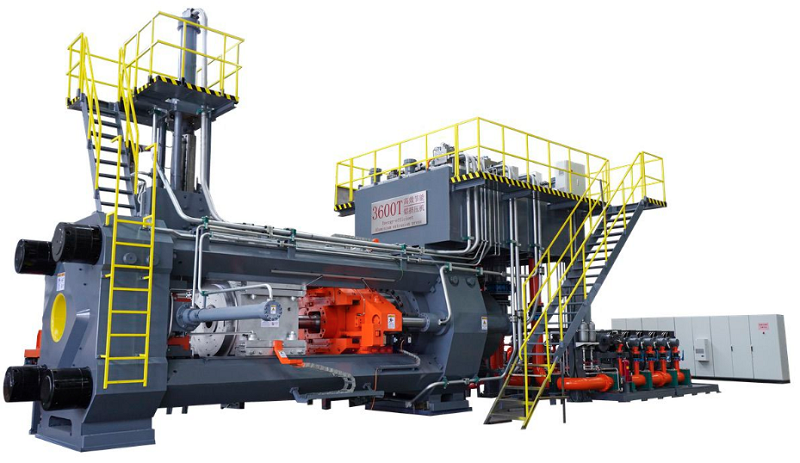A cornerstone of numerous industries, extrusion is the process of giving shape to a malleable substance by forcing it through a mold. It is however remarkable how machines which carry out this apparently simple task differ from one another. In the ever-expanding world of extrusion, there are different designs and types of extruders suited to different functions and even materials. Speaking of which, we will be looking at these designs, factors that favor their usability and how they operate.

Here falls the screw as well as the ram extruder. Let's start with screw:
This kind, popularly known as workhorses has a rotating screw that continuously feeds, melts (in case of thermoplastics) and pushes material through the die at rates varying between 100 to 1000 kg/hour depending on material type and screw design. The variation in such aspects as length, diameter and number of threads (single, twin or more) significantly affects performance characteristics like material mixing (essential for uniform color dispersion as well as better product quality), pressure creation (important for pushing material via complex dies) and general efficiency.
It is the simplest and most common of all the types. The design consists of one screw whose ratio (L/D) is usually 20:1. They are ideal for high volume production (up to 10,000 kg/hour for simple shapes), and are mostly employed in thermoplastics like PVC having viscosity approximations of about 100-1000 Pa*s (Pascal-second).
These are more complex and powerful machines with two intermeshing screws and they have typically long L/D ratios that go over 40:1. Through its design, this type offers a good mixing capability, making it suited for processing heat-sensitive materials such as bioplastics, composites incorporating various fillers as well as creating intricate product structures including co-extruded pipes with separate layers.
Nonetheless there are some variations within twin-screw extruders such as counter-rotating (screws rotate in opposite directions) or co-rotating ones (both screws turn in the same direction) each having its own merits. For example, self-cleaning is one attribute of co-rotating screws which make them suitable for abrasive materials while counter rotating screws offer better distributive mixing between fluids that exhibit significant differences in their viscosities.
Forces up to a few thousand tons might be exerted by these machines due to hydraulic rams which directly push the material through the die. Unlike screw extruders, they are able to excellently handle high-viscosity materials up to 1,000,000 Pa*s and above such as pastes, doughs and even immiscible material blends that would not shear well in a screw. They are commonly employed in food extrusion (for example pasta shapes), rubber products like seals and gaskets and specialized applications like lead pipes.
The world of extrusion is much larger than these two basic types. Below are some other specific-purpose machine types:
1. Blow Film Extrusion Machines: These machines make plastic films by extruding molten plastic at speeds from 100 kg/hour through to 2000 kg/hour into a bubble that is continuously inflated before being cooled and flattened out. They are used for making packaging films (e.g., polyethylene for food wrap), shopping bags, and agricultural mulching films.
2. Co-extruders: One thing about, is that they typically are dependent on screw numbers. We go the multi-screw extruders, usually 2 or 3 screws feeding different materials to a solitary die and this facilitates the production of products with layered structures, of course each layer having distinct properties. For instance, one screw may be used to extrude a barrier resin which prevents gas permeation into the food package while another one can be used to extrude structural element made out of regular polyethylene.
3. Cold Extruders: Coming to cold extruders, they use normal temperatures throughout their operation. They are best suited for handling materials that would be compromised by high temperatures or that are easily degradable. For example, they are used in making metal pastes for electronics, cereals and some pharmaceuticals.
Extrusion machines are not just shaping tools for materials but lead conductors in elaborate orchestra transforming raw materials to wide range of finished goods. Each machine type ranging from the popular single-screw extruder producing plastic pipes up to sophisticated co-extruders manufacturing advanced food packing has its own role


